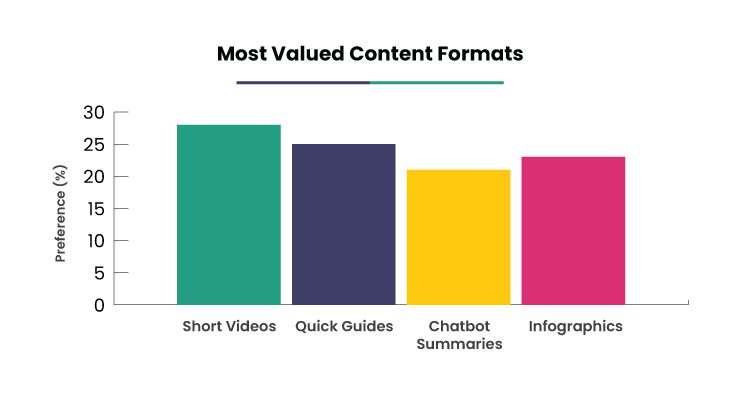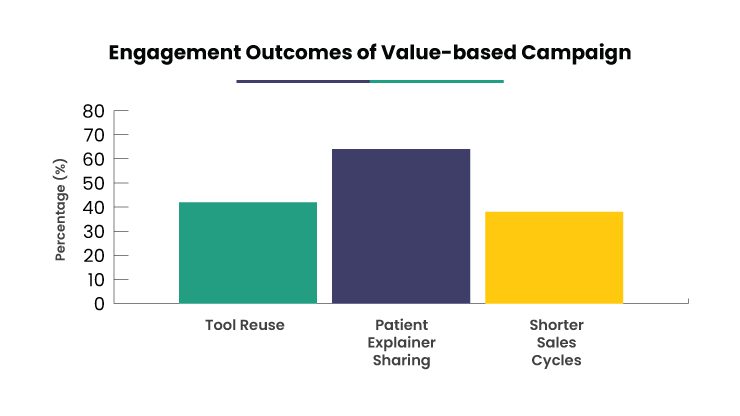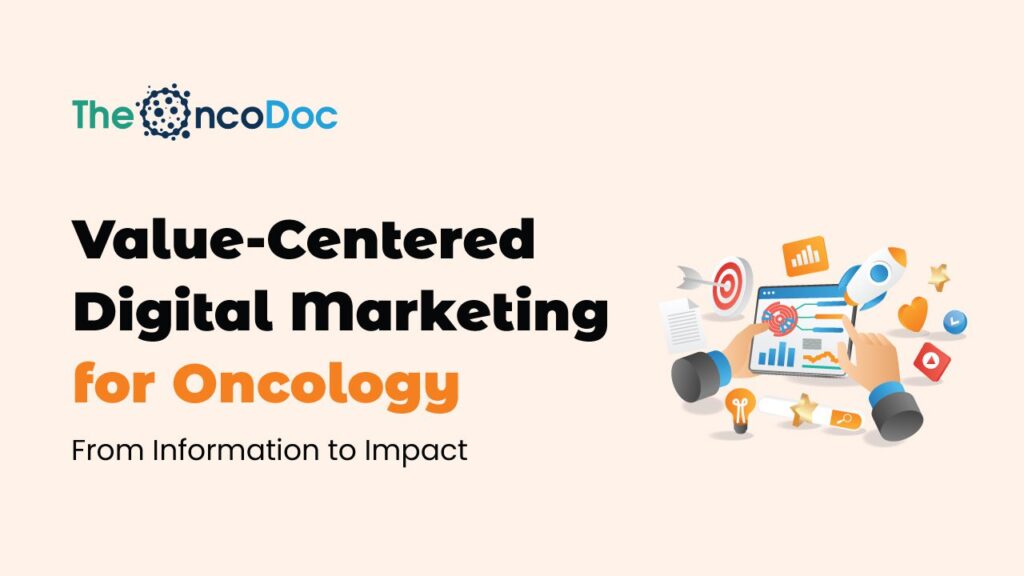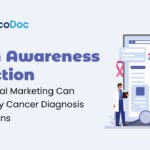In an era saturated with digital content, marketing to oncologists must rise above the noise. Oncology, unlike most medical specialties, demands precision, compassion, and evidence-informed action. The digital transformation of healthcare has brought with it a flood of data, content, and communication platforms. Yet, for oncologists whose time is constrained and whose decisions are life-defining, relevance matters more than reach.
Pharmaceutical companies and their marketing teams must now prioritize substance over style. Gone are the days when visibility alone ensured brand recognition. In today’s oncology landscape, success belongs to digital strategies that help clinicians make better, faster, and more confident decisions.
This article explores advanced strategies for pharmaceutical marketers to reimagine digital engagement with oncologists, using real-world data, personalization, and clinical tools to shift from promotion to partnership.
1. Deliver Clinical Utility Not Just Drug Information
The modern oncologist wants digital content that mirrors their clinical workflow. Promotional emails, banners, and announcements without decision-support tools are easily ignored. Instead, marketing campaigns must embed value into every touchpoint.
What constitutes value? It’s the ability to simplify complex choices, save consultation time, and provide actionable insights during patient discussions. Pharma marketers must transition from simply informing oncologists about drugs to enabling them with tools that clarify therapeutic choices.
Examples of high-value tools include:
– Interactive treatment algorithms tailored by cancer type, stage, and biomarkers
– Condition-specific side effect management guides
– Slide decks for common tumor board scenarios
– Clinical calculators for renal or hepatic impairment dosing
– Protocols for biosimilar and generic drug switching

The bar chart above reveals that interactive algorithms and clinical calculators are among the most preferred digital tools, underscoring the demand for high-utility content. By hosting these assets on responsive HCP portals and apps, brand managers ensure they are accessible at the point of care, even between patient visits.
2. Real-World Data: Beyond the Trial Setting
Oncologists understand that RCTs are essential but often insufficient. Real-world evidence (RWE) provides clarity on how drugs perform in populations that are underrepresented in trials: elderly patients, those with comorbidities, or those in resource-limited environments.
RWE empowers physicians to align treatment strategies with the diverse realities of clinical practice. Pharma companies that support the publication and dissemination of real-world insights help build clinical confidence.
Key content formats include:
– Case reports and observational studies co-authored with Indian oncologists
– Region-specific infographics comparing RCT and real-world outcomes
– Data dashboards with interactive filters by geography, indication, or patient subgroup
– Expert panel discussions focused on translating RWE into practice
Making real-world data accessible through digestible, interactive content formats not only positions the brand as a scientific ally but also addresses oncologists’ unspoken concerns about applicability.
3. Micro-Content with Macro-Value
In oncology, attention is scarce. With clinicians often juggling back-to-back consultations, hour-long webinars and 20-slide decks are a hard sell. Micro-content offers a solution by delivering targeted value in a fraction of the time.
Highly favored formats include:
– 60-second explainer videos on drug titration or new indications
– 2-page reference guides on biomarker-led treatment sequences
– Infographic summaries of comparative studies
– Chatbots that deliver brief updates from ASCO or NCCN guidelines

The second chart shows oncologists’ content preferences, with short videos and quick-reference guides leading the way. By matching content type to channel emails for in-depth toolkits, LinkedIn for short takes, WhatsApp for instant tips engagement increases naturally.
4. Strengthen Patient and Caregiver Communication
Oncology is a shared journey involving not just the physician and patient, but also family members, caregivers, and often, support staff. Pharma marketers can expand their digital value by offering oncologists ready-to-use communication tools for patients.
Valuable assets include:
– Simplified explainer videos about treatment modalities (e.g., immunotherapy)
– Consent forms and FAQs in local languages
– Printable chemotherapy safety checklists
– Emotional support content for caregivers
These materials allow oncologists to delegate education while ensuring consistency and accuracy, improving patient adherence and caregiver preparedness.
5. Earn Trust with Transparency and Authenticity
Credibility is the foundation of any successful digital campaign in oncology. Oncologists are skeptical of over-polished sales content. Instead, they respond to transparency, practical insights, and data-backed messaging.
Effective tactics include:
– Visualizing MOA with accurate side effect profiles
– Clearly stating Indian regulatory status (e.g., DCGI approval)
– Personalizing content for tumor sub-specialties
– Using authentic imagery and Indian clinician testimonials over generic stock photos
When a brand shares content that is honest, regional, and relevant, it earns a reputation of being a trusted partner rather than just a vendor.
6. Align Digital and Field Teams
Digital tools are most effective when integrated with field force operations. A closed-loop feedback system between digital behavior and rep engagement enhances personalization.
Effective integrations include:
– Using email click data to customize rep visits
– Sharing digital FAQs with Medical Science Liaisons (MSLs)
– Syncing CRM systems to track regional content performance
Such hybrid models ensure that the HCP experience is seamless, insightful, and driven by both human and digital intelligence.
7. Track Value-Centric KPIs
In oncology, vanity metrics like clicks or CPM rarely indicate real impact. Instead, pharma brands should track KPIs that reflect clinical influence.
Examples include:
– Repeated tool usage frequency
– Average session duration on HCP portals
– Rep follow-up rates after digital engagement
– Peer-to-peer content sharing metrics
– Survey-based feedback (“Was this helpful in clinical decision-making?”)

The third chart displays outcomes from a campaign that prioritized clinician value: over 45% of oncologists used the tool multiple times per month, while 68% shared patient-facing content. These are powerful indicators of content utility and brand trust.
Conclusion: From Promotion to Partnership
Oncology isn’t just another therapy area, it’s a responsibility. Pharma marketers must recognize this and design digital campaigns that reflect the gravity, urgency, and complexity of cancer care.
To stand out, pharma brands must:
– Create meaningful clinical tools
– Respect clinicians’ time.
– Support patient communication.
– Use data transparently.
– Measure what truly matters
Only then will digital marketing evolve from attention-seeking to value-creating and become a trusted partner in oncology practice.
The Oncodoc team is a group of passionate healthcare and marketing professionals dedicated to delivering accurate, engaging, and impactful content. With expertise across medical research, digital strategy, and clinical communication, the team focuses on empowering healthcare professionals and patients alike. Through evidence-based insights and innovative storytelling, Hidoc aims to bridge the gap between medicine and digital engagement, promoting wellness and informed decision-making.



